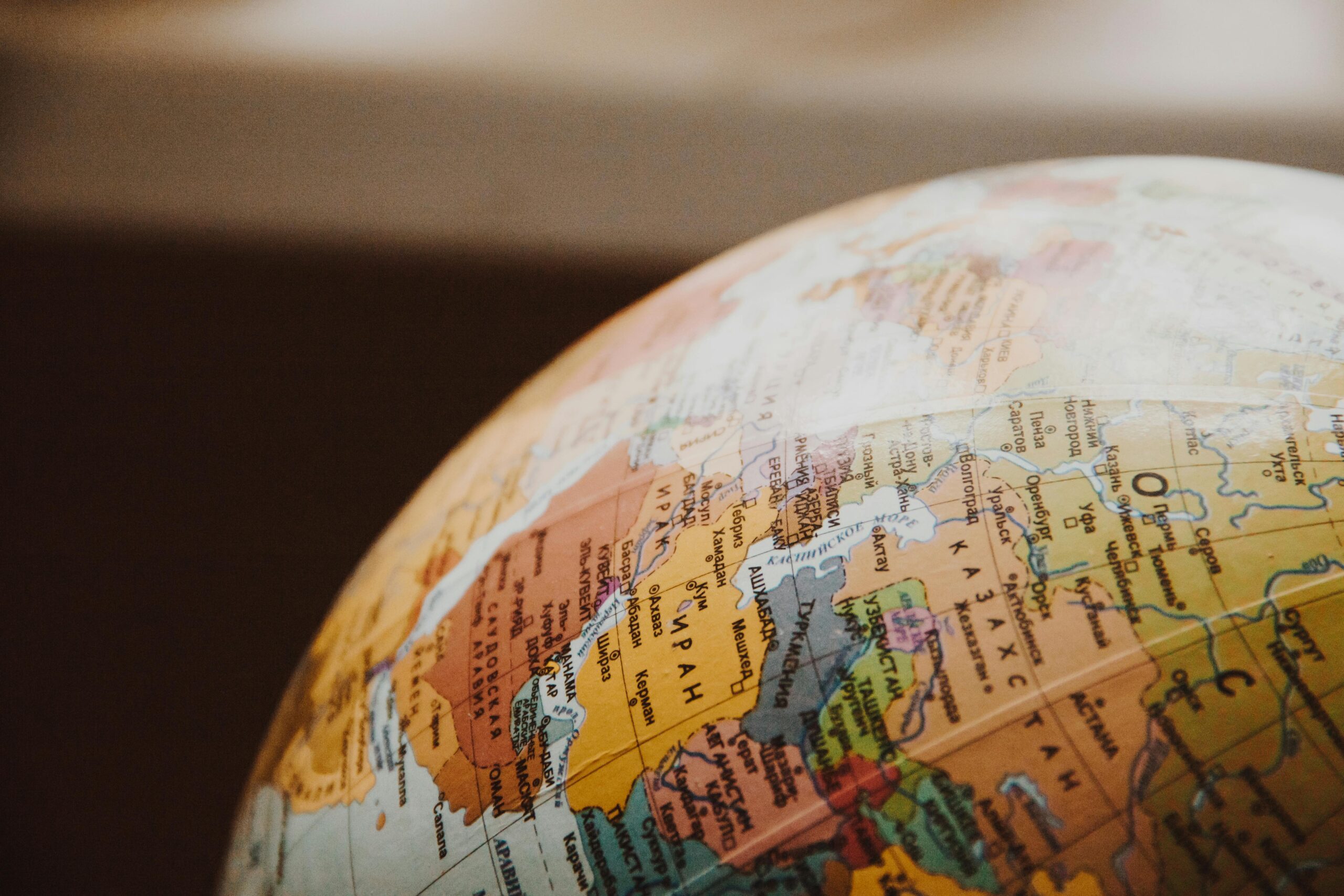While globalization has created numerous opportunities for cultural exchange, it has also raised concerns about its impact on local traditions and customs. As global influences spread, many fear that the unique cultural identities that define local communities may be at risk of being lost.
The purpose of this article is to explore how globalization is impacting local cultures, highlighting both its positive and negative effects. We will look at how different cultures are balancing the forces of tradition and modernity in a rapidly changing world.
- What is Globalization?
- The Positive Aspects of Globalization on Local Cultures
- The Negative Effects of Globalization
- Balancing Tradition and Modernity
- Conclusion
What is Globalization?
Globalization refers to the increasing interconnectedness of the world through the exchange of goods, services, ideas, and cultural practices. It has been driven by advances in technology, the rise of global markets, and the proliferation of communication tools like the internet. As a result, cultures around the world are coming into closer contact than ever before.
From a cultural standpoint, globalization means the blending and sharing of traditions, practices, and ideas. For example, the spread of Western music, fashion, and films has created a global culture that influences young people everywhere. At the same time, the internet has made it possible for people from different cultures to interact in real-time, sharing knowledge and ideas that were once confined to local regions.
While this exchange is exciting and offers new opportunities for collaboration and innovation, it also raises questions about the preservation of local cultures. As global influences permeate more aspects of daily life, local traditions may struggle to maintain their distinctiveness in the face of modernity.
The Positive Aspects of Globalization on Local Cultures

Globalization refers to the increasing interconnectedness of the world through the exchange of goods, services, ideas, and cultural practices. It has been driven by advances in technology, the rise of global markets, and the proliferation of communication tools like the internet. As a result, cultures around the world are coming into closer contact than ever before.
From a cultural standpoint, globalization means the blending and sharing of traditions, practices, and ideas. For example, the spread of Western music, fashion, and films has created a global culture that influences young people everywhere. At the same time, the internet has made it possible for people from different cultures to interact in real-time, sharing knowledge and ideas that were once confined to local regions.
While this exchange is exciting and offers new opportunities for collaboration and innovation, it also raises questions about the preservation of local cultures. As global influences permeate more aspects of daily life, local traditions may struggle to maintain their distinctiveness in the face of modernity.
The Negative Effects of Globalization
While globalization has many benefits, it also brings significant challenges to local cultures. One of the most concerning effects of globalization is cultural homogenization, which refers to the process by which diverse cultures begin to resemble one another, often due to the dominance of a single global culture. This phenomenon occurs as local traditions, languages, and practices are increasingly overshadowed by global cultural influences, especially those from Western nations.
The Influence of Global Consumer Culture
At the forefront of this cultural homogenization is the rise of global consumerism. Multinational corporations like McDonald’s, Starbucks, and Coca-Cola have expanded across the globe, offering a uniform set of products that often replace local food traditions and eating habits. These brands and their global reach promote a type of „universal culture“ that minimizes cultural differences in favor of mass-market appeal. Local food markets and traditional dining customs can sometimes be replaced with the convenience and familiarity of fast food, leading to a loss of culinary diversity.
A 2018 report from the World Economic Forum explored the spread of Western consumer culture and its impact on non-Western societies. The study found that as global brands have spread, local businesses often struggle to compete, and traditional food practices or local markets begin to fade. This is particularly evident in developing countries, where younger generations may abandon traditional food and cooking methods in favor of more accessible global food chains.
The Impact of Media and Pop Culture
Another major factor contributing to cultural homogenization is the global dominance of media and pop culture, especially from the United States. Hollywood movies, American TV shows, and global streaming platforms like Netflix have made Western entertainment a global phenomenon. While this has led to an explosion of cultural exchange, it has also resulted in the spread of Western values, ideals, and lifestyles, which can overshadow local traditions.
For example, the increasing popularity of Western-style fashion, beauty standards, and entertainment has led to a loss of unique, region-specific customs and cultural expressions. A study published in Cultural Sociology in 2017 examined the influence of global pop culture on local music, fashion, and language. The research found that younger generations, especially in Asia and Africa, are adopting Western clothing styles, fashion trends, and even Western languages, often abandoning their own cultural practices in favor of a more „global“ identity.

The Erosion of Languages and Traditions
Perhaps the most profound effect of globalization is the erosion of languages and traditions. Many smaller languages, particularly indigenous ones, are at risk of extinction as people adopt more widely spoken global languages like English, Spanish, or Mandarin. The United Nations Educational, Scientific and Cultural Organization (UNESCO) has reported that around 40% of the world’s languages are at risk of disappearing, many of them spoken by indigenous communities.
Language is a key element of cultural identity, and the loss of a language often results in the erosion of the cultural practices and values associated with it. Indigenous languages are not only a means of communication but also carry historical knowledge, spiritual beliefs, and traditional wisdom. As younger generations adopt global languages and cultures, there is a growing disconnect from these traditions, leading to the loss of valuable cultural heritage.
The Case of Cultural Appropriation
Cultural homogenization can also manifest in cultural appropriation, where elements of a marginalized or minority culture are borrowed or used without understanding or respecting their cultural significance. For example, traditional clothing, music, or religious symbols from indigenous cultures are often adopted by the mainstream without regard for their original meaning or context. This can lead to a distortion or trivialization of the culture, further undermining the integrity of local traditions.
A study in the International Journal of Cultural Policy (2020) examined how cultural appropriation in fashion, music, and media affects marginalized communities. The researchers found that appropriation not only dilutes the significance of cultural symbols but also perpetuates stereotypes, diminishing the ability of these cultures to maintain their identity and resist exploitation.
Balancing Tradition and Modernity
While it’s clear that globalization presents challenges, many local communities are finding ways to adapt without losing their cultural roots. The key to this balance is cultural resilience—the ability of a community to absorb and adapt to global influences while maintaining its core values and traditions.
One way communities are balancing tradition and modernity is by blending old and new. For example, in many parts of the world, traditional art forms like weaving, pottery, and dance are being combined with modern technologies and global art forms. Similarly, many cities have adopted modern infrastructure while still preserving historic buildings, making it possible to merge the old with the new in a way that respects both.
In some cases, local communities are reclaiming their cultural heritage through the digital space. Indigenous communities, for example, are using the internet to share their languages, traditions, and customs, ensuring their cultural practices are passed on to future generations, while embracing global technology.
Personally, I’ve seen how local communities use the internet to spread awareness about their unique cultures, not just as a means of preservation but also as a way to empower younger generations to take pride in their traditions while embracing modern opportunities.
Conclusion
In conclusion, the rise of globalization presents both opportunities and challenges for local cultures. While there are concerns about cultural erosion, there are also ways in which globalization can help preserve, promote, and celebrate the diversity of cultures worldwide. The key is to find a balance between embracing the benefits of globalization while actively preserving cultural identity and heritage.
As we continue to navigate this globalized world, it’s important to acknowledge that tradition and modernity do not have to be in conflict. By blending the two, we can create a future where cultures thrive, evolve, and coexist in harmony.








